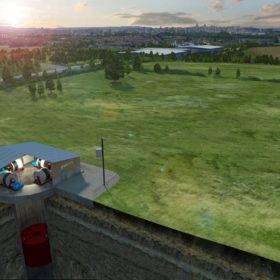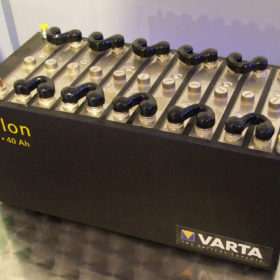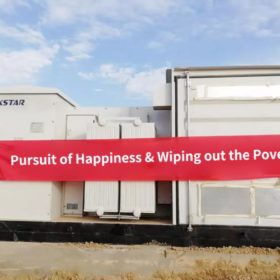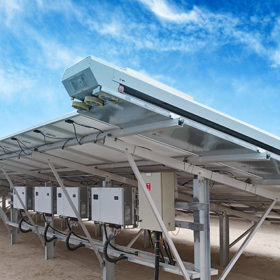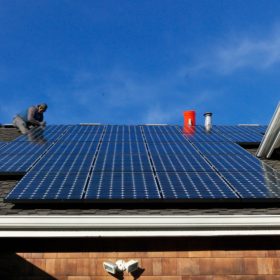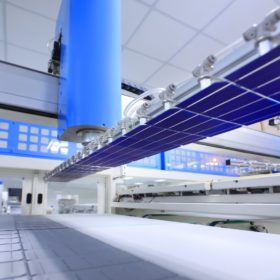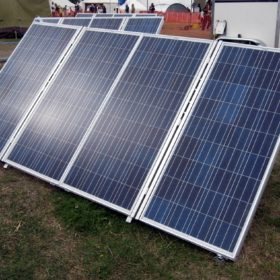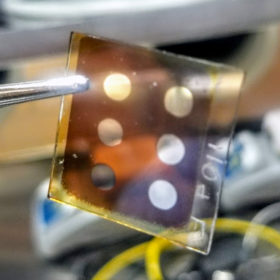Storing wind and solar with new gravity-based system
Scottish start-up Gravitricity is planning a project to store surplus power from renewables at Port of Leith. A 250 kW, grid-connected prototype facility will have its ability to stabilize the network tested. The system involves a 16m rig over a 150-1500m shaft.
Lithium-ion storage is here to stay
A German-Israeli research group has gathered for three days to discuss which storage technologies may outperform lithium-ion batteries in the future. They concluded that there is no such a thing as a “post Li‐ion” era in sight. They recommended a “side‐by‐side” approach for multiple technologies in different applications, as well as the hybridization of technologies. The group highlighted the strong potential of redox flow storage, which in their view may outperform Li‐ion, although only for stationary applications.
Chinese PV Industry Brief: New capacity expansion plans and 100 MW of PV for a poverty-alleviation project
Three major Chinese PV manufacturers have announced capacity expansion plans over the past week. Chint also released its 2019 financial results, while Kstar unveiled a new inverter supply deal.
Huawei to ramp up artificial intelligence to improve solar inverters
The Chinese conglomerate has revealed how it will further integrate artificial intelligence (AI) in its string devices this year. The approach includes the transformation of inverters into smart PV controllers, the development of AI inference modules and the creation of an AI training and inference platform. Machine learning will also be incorporated into operations and maintenance, grid management and PV plant design.
Uzbekistan pitches for 5 GW of solar by 2030
The country’s previous solar target was 4 GW by 2031. Around 1.4 GW of large scale projects are expected to be tendered this year, according to a document published by the Ministry of Energy.
Power-to-heat-to-power storage for rooftop PV
Scientists in Spain have assessed the viability of ‘power-to-heat-to-power storage’ in a residential solar installation in Madrid. The technology could reduce electricity bills by more than 70% and would have a 12 to 15-year payback period, according to the researchers.
Solar driving efficient electrochemical water treatment
Researchers from the United States have investigated how solar could help electrochemical methods for water treatment become more competitive. The scientists analyzed how electrochemical technologies such as electrocoagulation, capacitive deionization, electrodialysis, and electrodeionization may be combined with solar power generation.
Seraphim launches 440 W shingled module
The half-cell module has a 20.81% efficiency and is composed of 158.75 mm mono PERC cells.
A new technique for cooling solar panels
Scientists in Egypt have investigated the effectiveness of using water and a mixture of aluminum oxide and calcium chloride hexahydrate to cool PV modules. Optimal performance was observed with a solution of 75% water, according to the research findings.
A flexible perovskite solar cell with 11.8% efficiency
U.S. researchers have created an inorganic mixed halide perovskite solar cell which they claim shows no thermal degradation even at 200 degrees Celsius for three days. The device can be used in tandem junction cells and is designed for use in real-life environments with high solar irradiation.

